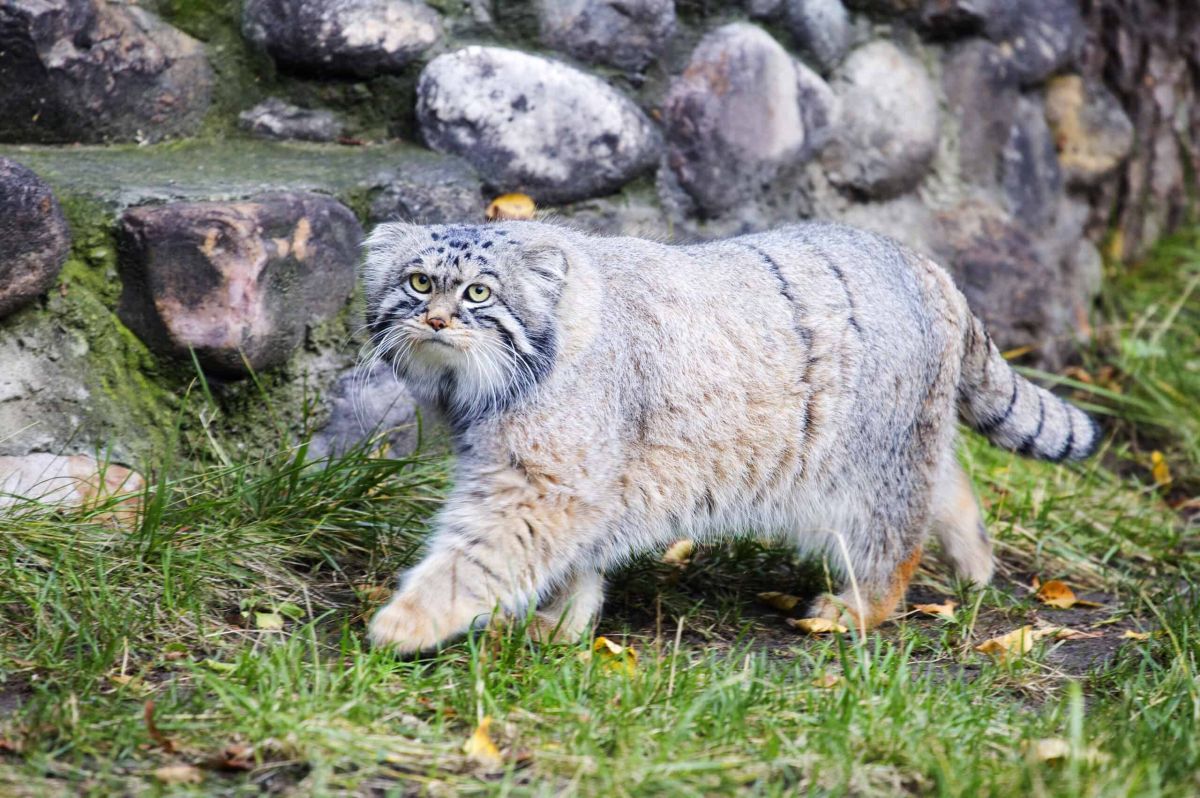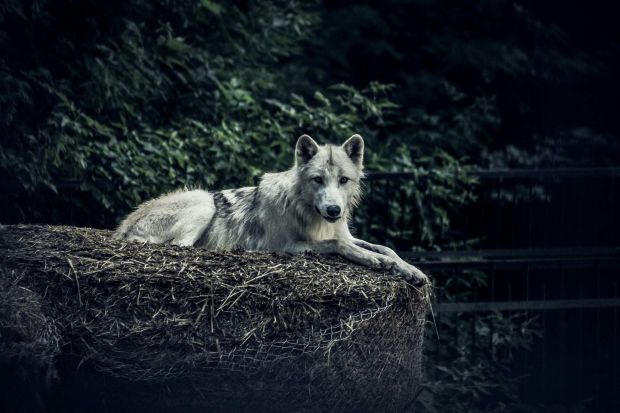The Pallas’s Cat: A Unique Feline Species

Pallas’s Cat, a lesser-known small wild cat species, often goes overlooked in discussions about feline diversity. This fascinating creature, scientifically dubbed Otocolobus manul, is a captivating blend of beauty, adaptability, and unique behaviors. Found primarily in central Asia, including regions of Mongolia, this elusive cat has intrigued wildlife enthusiasts and conservationists alike.
Physical Characteristics
Pallas’s Cat is easily identifiable by its distinct appearance. It has a stocky build, a short tail, and a thick coat of long fur that provides excellent insulation in the harsh climates of its natural habitat. The coloration typically ranges from gray to tawny, with characteristic stripes and spots that offer effective camouflage against the rocky terrain of its surroundings.
The head of Pallas’s Cat is broad, with a flat face and a relatively short muzzle. Its eyes are large and expressive, perfectly adapted for its crepuscular hunting habits. Adult cats typically weigh between 2.5 to 5.5 kg (5.5 to 12 lbs) and measure approximately 60 to 90 cm (24 to 35 inches) in length, including their tails.
Habitat and Distribution
Pallas’s Cat thrives in rocky steppes and grasslands, where it can easily navigate the terrain while hunting for small prey. The cat prefers areas with sparse vegetation that allows it to stalk and ambush its quarry effectively. Its range extends across various parts of Central Asia, including Mongolia, Kazakhstan, and the Tibetan Plateau.
The habitat of Pallas’s Cat is crucial not only for its survival but for the entire ecosystem. It helps keep prey populations in check and maintains its ecological balance. However, changes in land use and climate impacts have begun threatening this delicate habitat.
Behavior and Diet
Pallas’s Cat is primarily a solitary hunter, exhibiting crepuscular behavior—active during dawn and dusk—when its prey is most active. Its diet mainly consists of small mammals, birds, and, occasionally, insects. The cat employs a unique hunting strategy; it relies on stealth and patience, often using its environment to conceal itself while stalking potential prey.
These cats are known for their vocalizations, which include a series of growls, hisses, and meows. These sounds play a role in communication, especially during mating season. Interestingly, females usually give birth to a litter of two to six kittens after a gestation period of about 70 days. The young are weaned after approximately two months, but they stay with their mother for several months before becoming independent.
Conservation Status
Pallas’s Cat is currently classified as Near Threatened by the International Union for Conservation of Nature (IUCN). The primary threats to its survival stem from habitat loss, primarily due to agricultural expansion and urbanization. Poaching and persecution, often due to misconceptions regarding livestock predation, further exacerbate their declining populations.
Conservation efforts are crucial to protect Pallas’s Cat and its habitat. Initiatives focused on habitat preservation, public awareness, and community engagement can significantly benefit this elusive species. Organizations are working to implement strategies to mitigate human-wildlife conflict and ensure the survival of Pallas’s Cat in the wild.
Conclusion
Pallas’s Cat may not be as well-known as its larger relatives, but it is a vital part of the biodiversity in its native habitat. Understanding and appreciating the unique characteristics of this small feline can foster greater interest in conservation efforts and inspire action to protect not just Pallas’s Cat but the entire ecosystem it inhabits.



